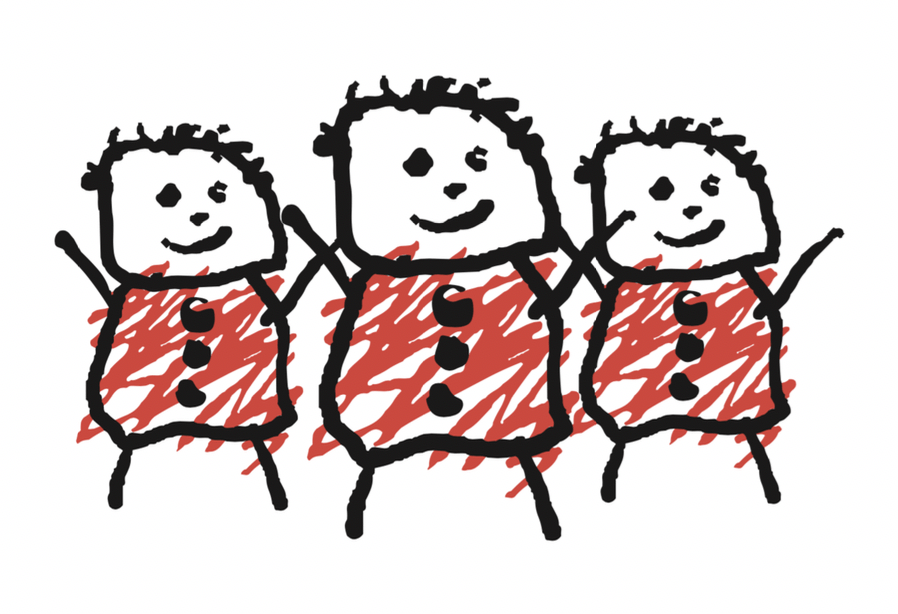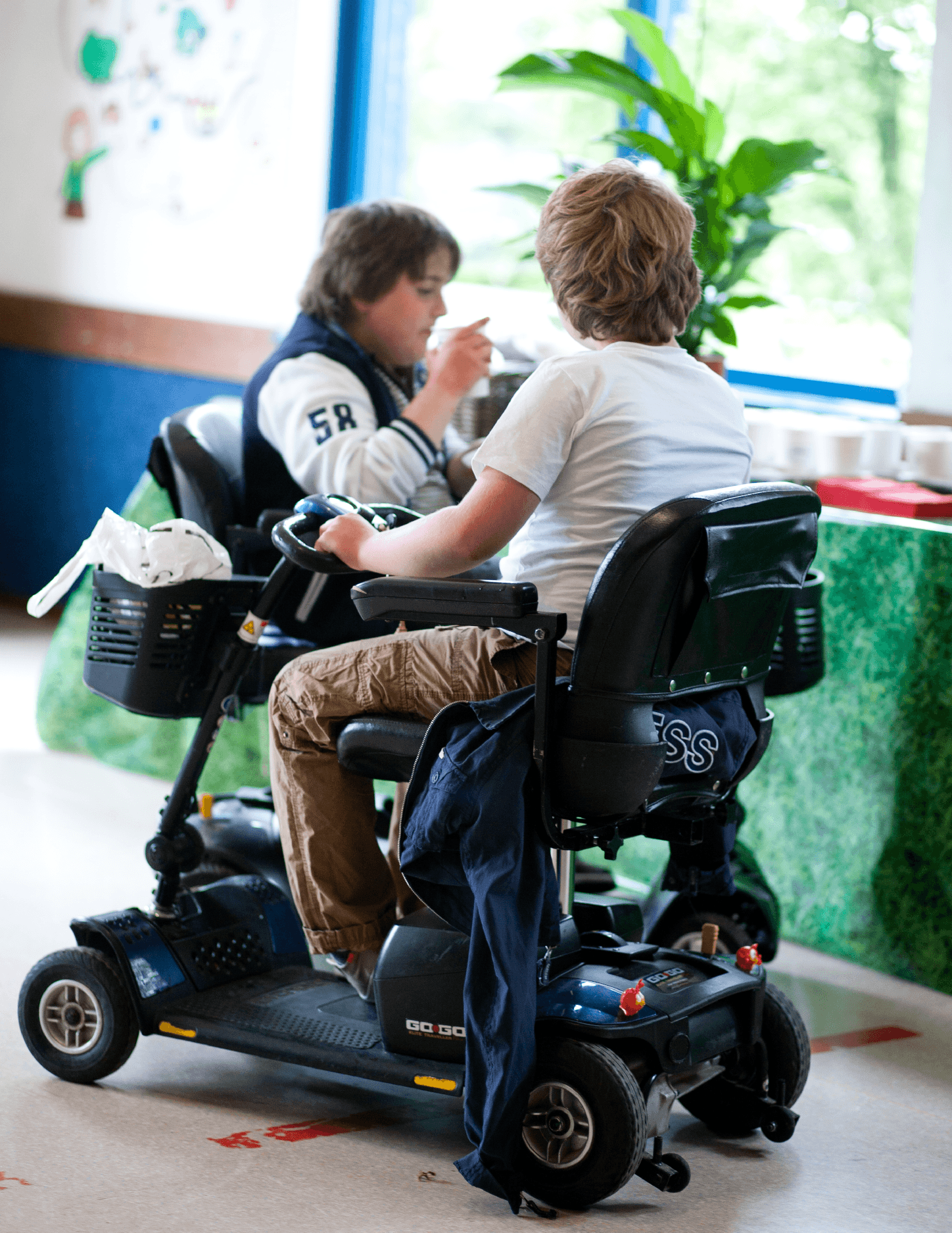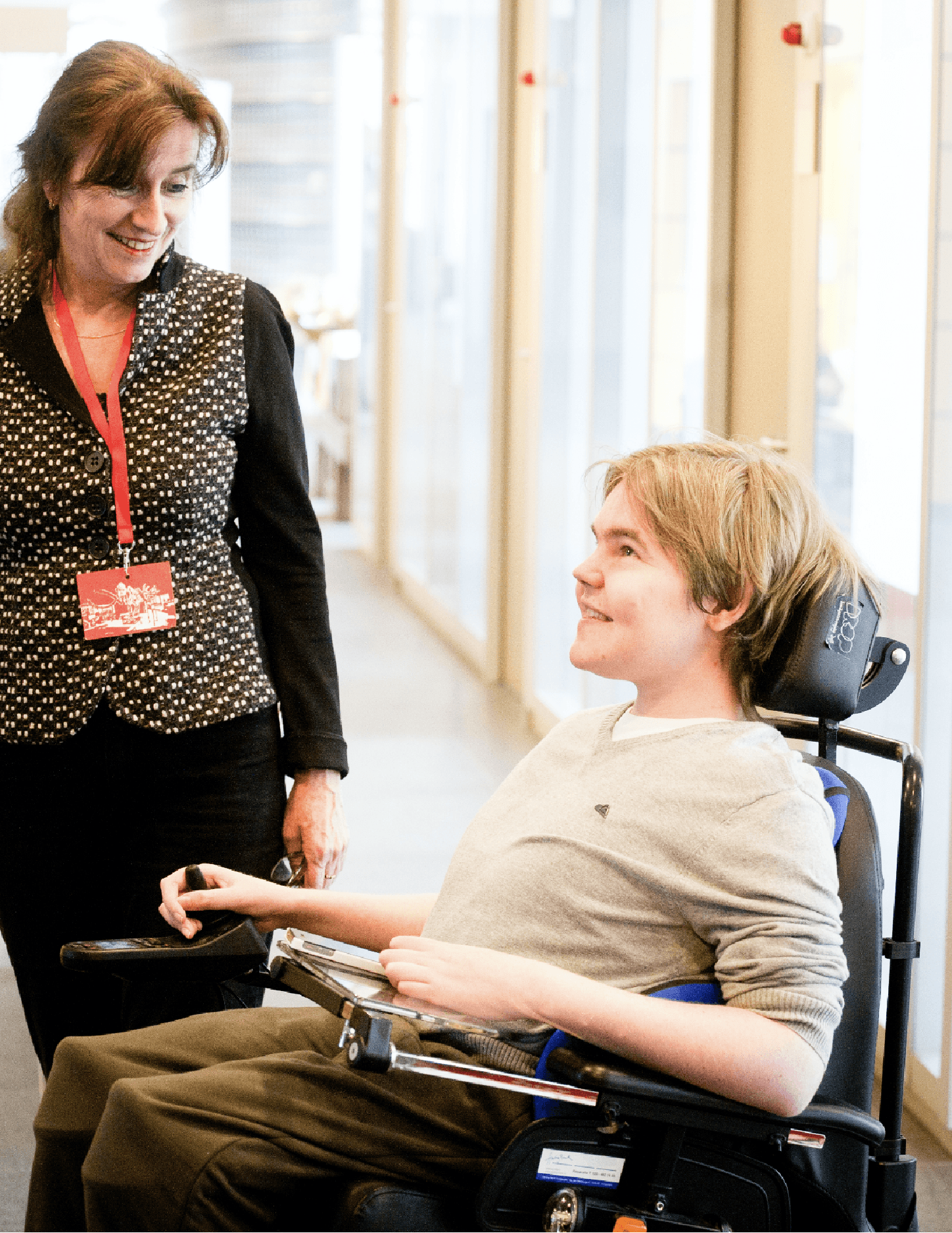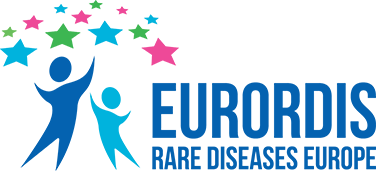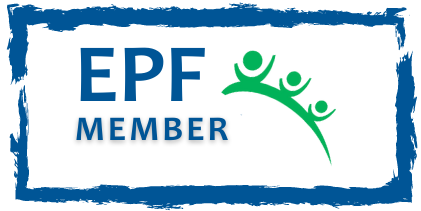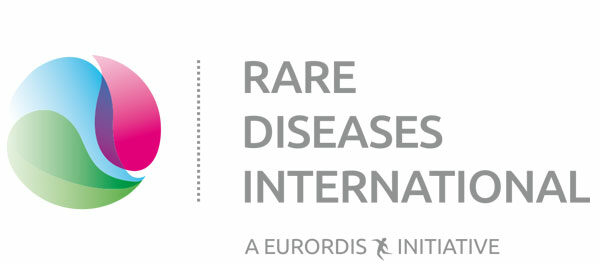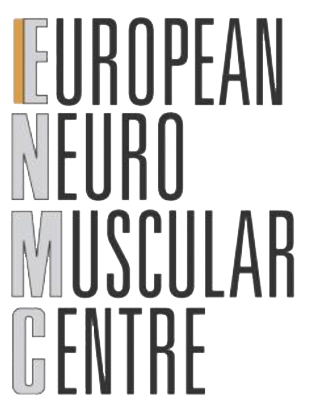Duchenne care information per phase
Generally speaking, there are three disease phases of Duchenne and Becker muscular dystrophy:
- The ambulatory phase is considered as the phase from diagnosis until not being able to walk independently anymore.
- Early loss of ambulation is considered as the phase when you cannot walk anymore, but you can still use your arms.
- Late loss of ambulation is considered the phase when you usually need ventilation and have very limited arm and hand function.
To find the information which is appropriate per phase a person living with Duchenne is in, we published a series of Care Videos. With this, Duchenne care information is becoming accessible for as many people as possible, and more specific for children as well. Each video provides a clear explanation of a different aspect of DMD care. For more info about the videos in the different ages/phases and about how to create the videos in your own language, please visit our special DMD Care website.
Ambulatory
Phases of Duchenne & Becker
The ambulatory phase is considered as the phase from diagnosis until not being able to walk independently anymore. In the case of Duchenne, some children are diagnosed before they are able to walk.
During the diagnosis and early ambulatory stage, there are relatively few symptoms of Duchenne or Becker. Difficulties climbing stairs, running, and keeping up with peers can be seen. In some children, DMD/BMD might show signs of motor delay and neurobehavioral problems.
Checklist
- Get in touch with your national organization and other families
- Find a doctor or hospital to facilitate the best care possible
- Implement the latest Standards of Care
- Educate yourself on the course of the condition
- Check what financial and social help is available
The best care they deserve
Implement the latest Standards of Care
Early loss of ambulation
Phases of Duchenne & Becker
Early loss of ambulation is considered as the phase when you cannot walk anymore, but you can still use your arms and are not using a ventilator or probably just at night. People affected might need a wheelchair or scooter to move around.
For people living with Duchenne, this stage often starts earlier (in their childhood) than those affected with Becker (adolescence, young adults).
Checklist
- Prepare yourself and your child for transitioning into a wheelchair
- Ensure all doctors and clinicians work up-to-date and aligned
- Plan adaptations (barrier-free/no stairs/adapted bathroom)
- Check what financial and social help is available
Late loss of ambulation
Phases of Duchenne & Becker
Late loss of ambulation is considered the phase when Duchenne or Becker people in general, need ventilation and have very limited arm and hand function. Everybody is different but often young adults with DMD are in this phase.
During the final late non-ambulatory stage, people affected are having trouble using their hands and maintaining good posture. In all phases learning and behavioural problems may play a role as well.
Checklist
- Talk to a respiratory doctor about weaker cough
- Concentrate on finding solutions rather than seeing problems
- Prepare for transitioning from pediatric to adult care
- Pay extra attention to the digestive system
- Read Consensus Guideline for Adult Duchenne Care
Copyright World Duchenne Organization © 2024
